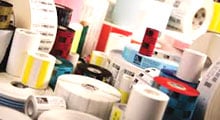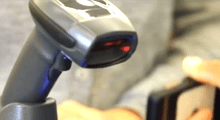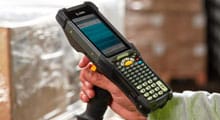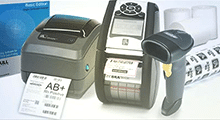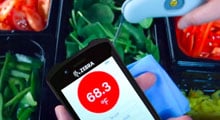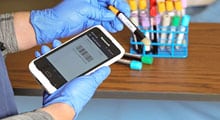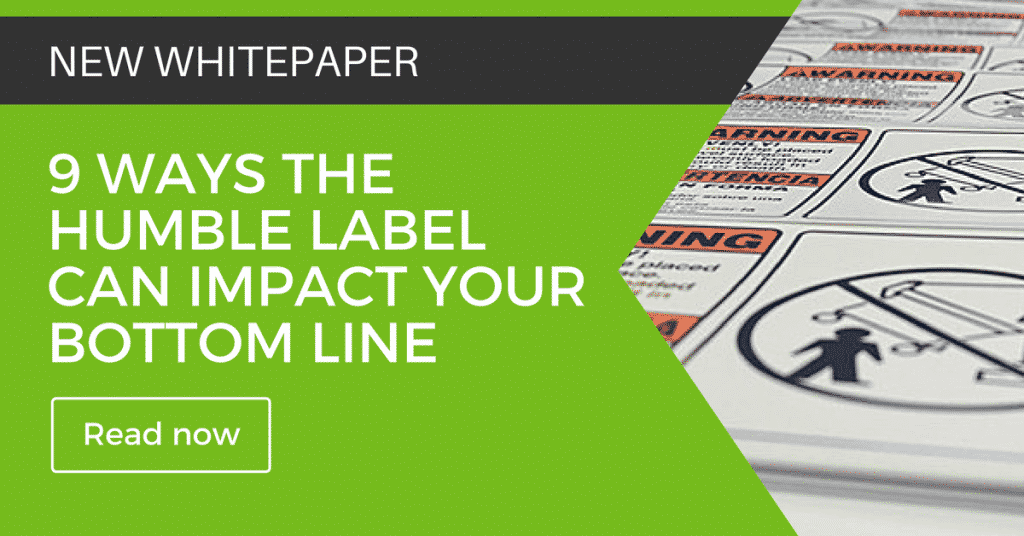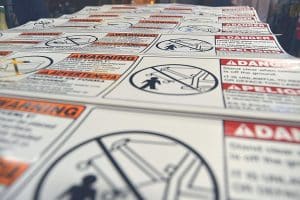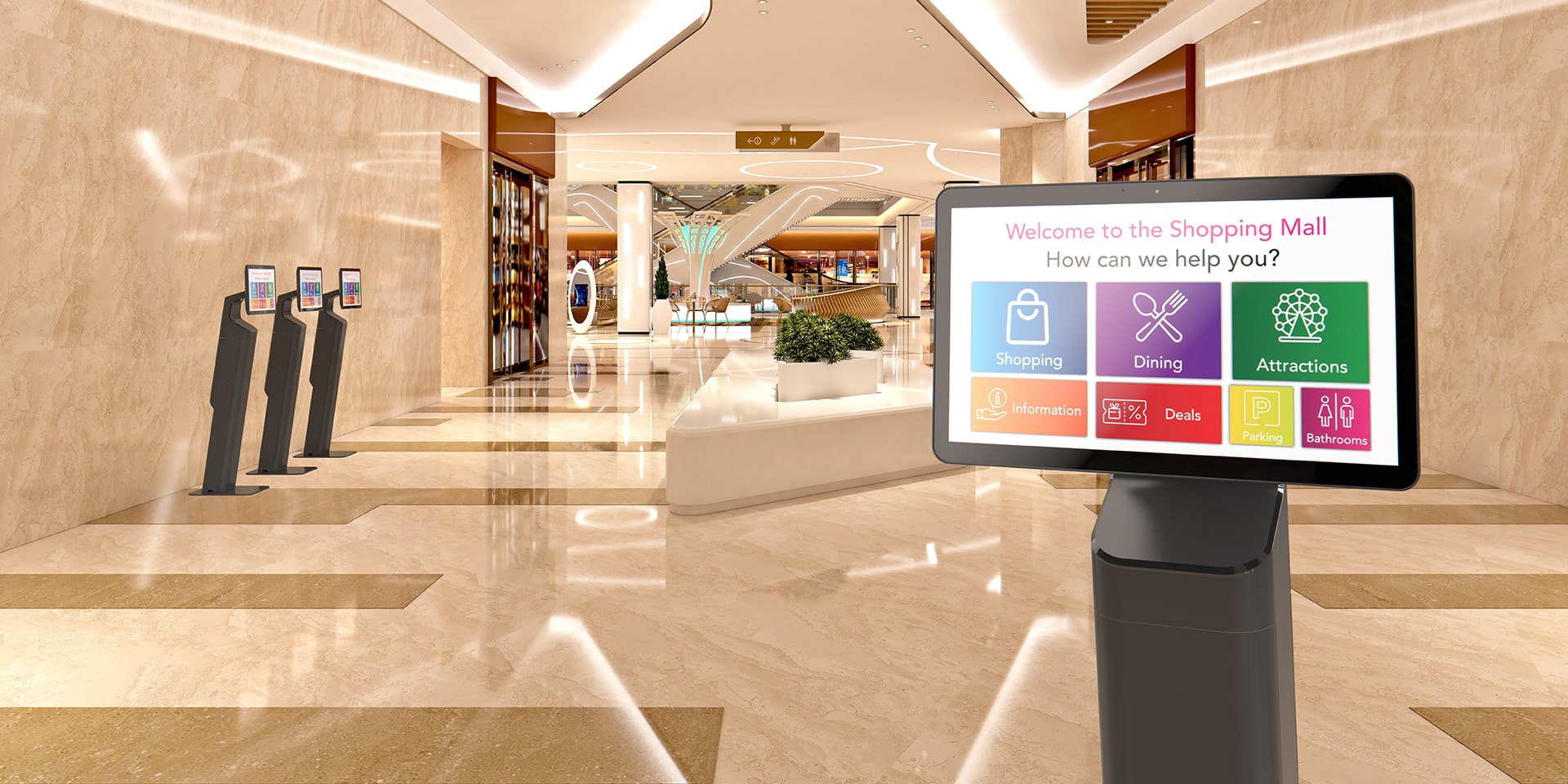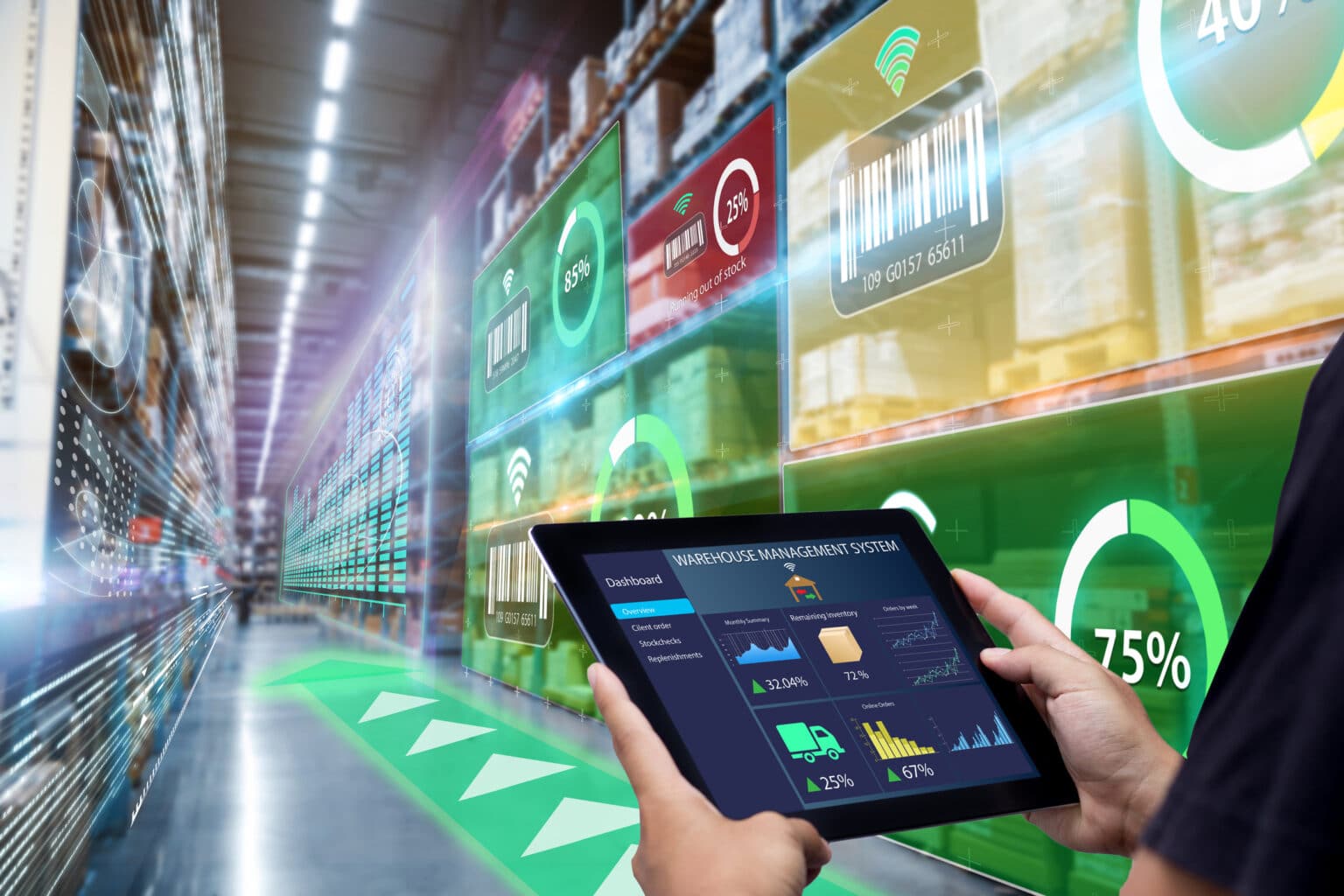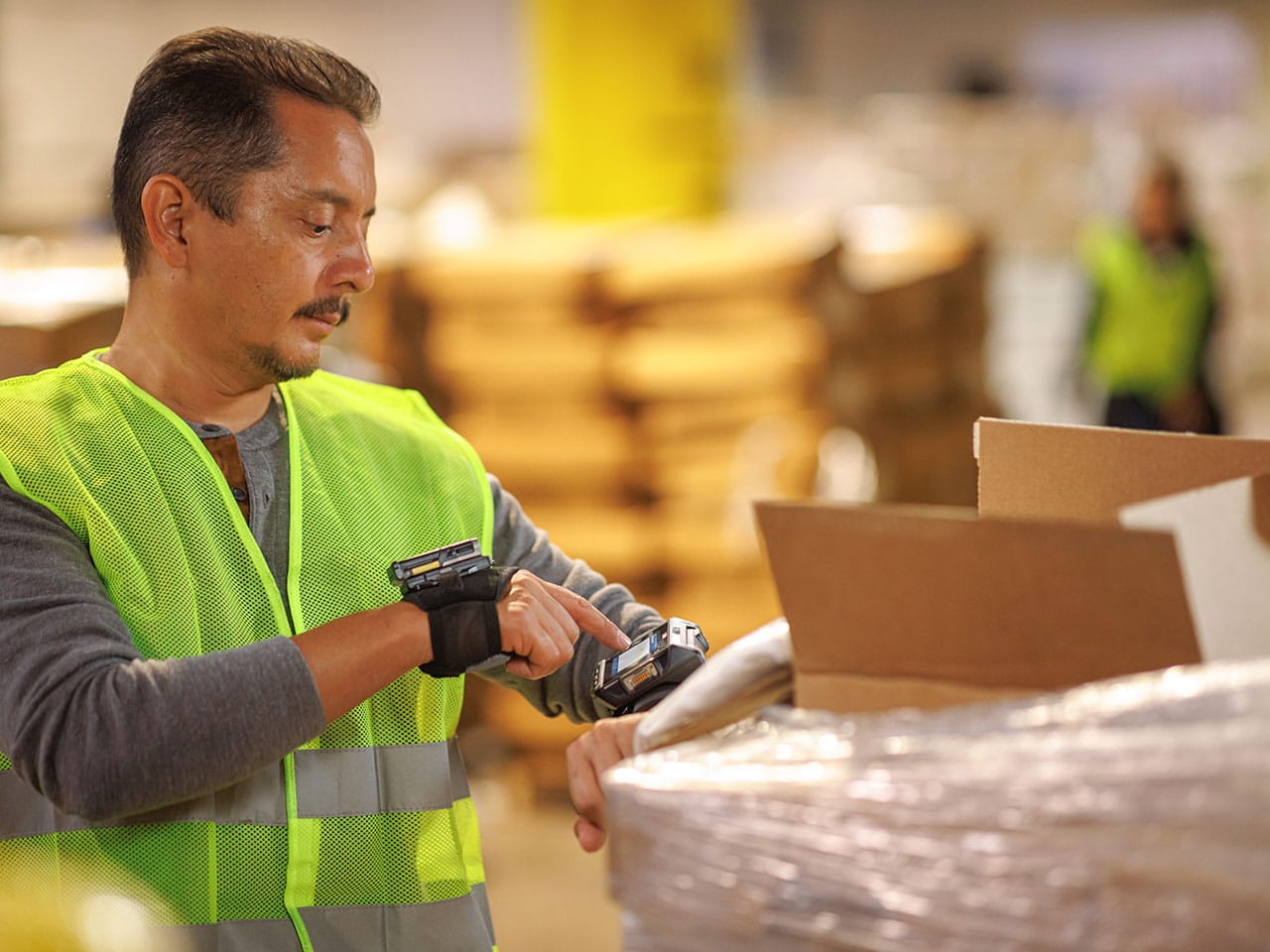There are thousands of types of labels, though all are not created equally. Each is designed for a specific use and made with label materials designed to meet requirements for specific conditions.
A labeling solution is often chosen for brand consistency reasons, to help increase operational efficiency or to meet compliance requirements with specific industry and government standards. They are one of the workhorses of the supply chain industry, and it’s important to consider all of the different factors when it comes to choosing the right solution for your business.
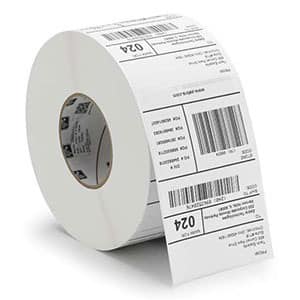
How to Choose a Smart Label Solution for Your Business
Before selecting a solution, it’s important to understand the differences between direct thermal and thermal transfer printing technologies, since this will be a major factor. Each method uses a thermal printhead that applies heat to the surface being marked. Thermal transfer printing uses a ribbon to produce durable, long-lasting images on a variety of materials. Direct thermal printing does not use a ribbon and instead creates the image directly on the printed material.
To identify the optimal print technology and type of label material and ribbon, and ensure the image remains readable during its full lifespan and can eventually be safely and appropriately disposed of, consider the following:
1. Required Lifespan of the Label
Knowing how long the label will need to be readable in addition to the environmental factors will help you identify the optimal solution. For example, if it only requires readability for six months and does not need to resist chemicals, moisture, and abrasion, a direct thermal paper label would best meet your needs. However, if it will be subjected to moderate chemicals and be on an item that will be stored outside for over three years, a speciality thermal transfer synthetic label would be required.
2. Extreme Temperatures
Label materials and adhesives are also sensitive to very low and very high temperatures. There are two types of temperatures you need to consider, Application Temperature and Service Temperature:
- The application temperature is the temperature in which the label is being applied. For example, a new test tube is taken out of a box at room temperature, and a label is applied, the application temperature is 70ºF (21ºC).
- Service temperature is the temperature range in which the label will be used. For example, the same test tube is filled with a sample and cryogenically stored. Sometime later, it is thawed and sterilized with steam. The service temperature range is -112ºF (-80ºC) to 212ºF (100ºC). Standard materials generally perform well when an application temperature is a minimum of 25 degrees F and in service temperatures ranging from -65 degrees F to 200 degrees F. Using in conditions outside of this range requires the use of a thermal transfer solution and normally requires a custom label adhesive to ensure it remains secured.
3. Indoor or Outdoor Environment
If your product will be subjected to the elements outdoors (rain, sun, cold, etc.), a thermal transfer synthetic material would be the optimal solution, as the label and the image provide the added durability required to survive these tough environmental factors.
4. Use of Applicator
If an applicator is to be used, this must be known up front as the label must be cut differently so that it peels off properly from the liner. In addition, perforations are not always recommended as they change the stiffness characteristics, making it difficult to release from the liner.
5. Chemical Resistance
When a label will be exposed to moderate or extreme chemicals, a thermal transfer labeling solution is required. In the case of harsh and extreme chemicals, a high-durability resin ribbon is also recommended.
6. Abrasion Resistance
Contact and rubbing will affect readability over time. If the label will come into contact with items on a pallet or throughout shipment that could scratch it and make it unreadable, a ribbon with a higher resin content will provide improved resistance.
7. Surface
The type and shape of the surface being labeled needs to be considered to ensure adhesion to the surface. Different items have different surface energies. For example, small curved surfaces are more difficult to work with since they require a flexible material with a tight mandrel adhesive to make sure the barcode label does not pull away from the surface.
8. Print Speed
This is a key consideration, as material and ribbon selection will influence the maximum print speed. Typically, synthetic labels do not produce quality text and barcodes above 6 ips, and in order to print at 12 ips or higher, a thermal transfer paper label with a high-speed wax ribbon is required.
9. Print Darkness
Increasing print darkness is necessary when printing at faster speeds to get the best barcode grades and print quality. When using higher-grade ribbons, which require additional energy, a higher darkness is also required.
These are just the basic factors in understanding the right label solution for your application. While choosing labels may seem like a simplistic afterthought when running a large facility, it shouldn’t be overlooked. There are also new innovations coming out on a regular basis that can provide opportunities for improved efficiency and increased durability.
Staying up to date on these developments and partnering with an expert to determine your labeling needs can generate significant returns for your business and reduce opportunity costs from failing labels.
Read the “9 Ways Your Humble Label Can Impact Your Bottom Line” whitepaper.
If you’re like most enterprise-quality operations, you’ll likely have a mixture of thermal print solutions throughout your business, varying by need for speed, volume, quality and durability.
But you’re also likely to have at least a few of your solutions be out-of-date in terms of getting the most for your budget and providing the best customer experience.
Download our free whitepaper to get a better idea of technologies that might help you think of previously unknown possibilities – like the Zebra “Zip-Slip” that eliminates the need for a separate packing slip.
And when you are ready to have a professional review your existing solutions and see how you can take advantage of new ones, the experts at Peak Technologies are available to assist.







